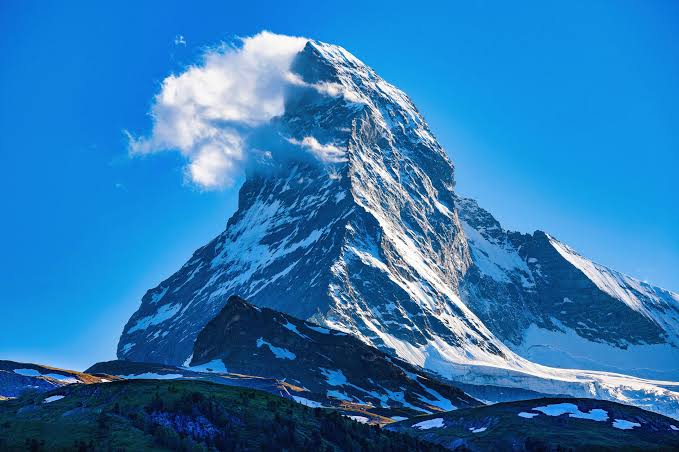
Three Climbers Died on the Matterhorn Last Week
Three climbers fell to their deaths on the mountain’s trade route last week—a sobering reminder that even “easy” climbing can be highly consequential.
Heading out the door? Read this article on the new Outside+ app available now on iOS devices for members! Download the app.
Three climbers fell to their deaths in two separate instances on the Matterhorn (14,692 feet) last week. The first incident occurred on Wednesday, August 14. According to the Valais Cantonal Police, two climbers attempting the Hörnli Ridge failed to check back in at the Hörnli Hut after their climb. This seems to have prompted the hut’s innkeeper to alert the Valais Cantonal Rescue Organization, which dispatched an Air Zermatt helicopter to do a reconnaissance flight in preparation for a rescue mission. The helicopter spotted two bodies at the base of the mountain’s North Face, in a location that suggested the party fell 1,000 meters—roughly 3,000 feet—from the mountain’s upper slopes. The names of the climbers have not yet been released, nor are the exact circumstances of their fall known.
The second incident occurred two days later, at roughly 2:40 p.m. on August 16, when a climber reported seeing another climber fall on the Hornli Ridge while descending from the summit. According to the Valais Cantonal Police, the climber was “probably alone” and fell 800 meters—about 2,400 feet—down the mountain’s north face, coming to rest on the Matterhorn Glacier.
All three bodies were recovered by helicopter. The names are being withheld and their accidents are being investigated. It’s important to note that the Matterhorn isn’t just dangerous for early-career climbers: In June, an experienced Italian climber fell while attempting a ski descent of Matterhorn’s east face.
Death isn’t particularly new or unusual on the Matterhorn. The mountain’s easiest line, the Hörnli Ridge, carries a relatively pedestrian AD III- difficulty rating in the French Alpine and UIAA grading system, which makes it accessible to even novice mountaineers. (The AD stands for “Assez Difficile,” or “fairly difficult,” and the “III” implies technical movements up to the Yosemite Decimal System equivalent of 5.3, though most of the hardest sections have fixed lines and are not free climbed.) On the first ascent of the mountain, Edward Whymper, who’d made seven previous efforts by other routes, was delighted to find that sections of the Hörnli Ridge that “looked entirely impracticable” from the ground were in fact more like staircases, “so easy that we could run about.” In many sections, he and his six teammates didn’t even find it necessary to rope up. But the ease of the climbing does not diminish the consequences of an error. Just hours after Whymper’s team arrived on the summit on July 14, 1865, one member of his team slipped and dragged three of his fellows down the North Face to their deaths. The surviving three would have been tugged down along with them had the rope connecting them together not broken.
Like Mount Everest, the Matterhorn’s relatively low technical difficulty and fame (Whymper’s book about his ascent, Scrambles Among the Alps, was an international bestseller) have made it an intensely popular mountaineering objective. Over the last few decades, as many as 150 climbers have attempted the mountain each day during the summer, many of them working with local guides—though those numbers decreased recently thanks to the Swiss government’s attempts to reduce crowds. On a per climber basis, the mountain is quite safe. But the Matterhorn is one of the world’s deadliest peaks in terms of total fatalities, with more than 500 climbers perishing on the mountain since 1865—an average of three or four deaths per year.





